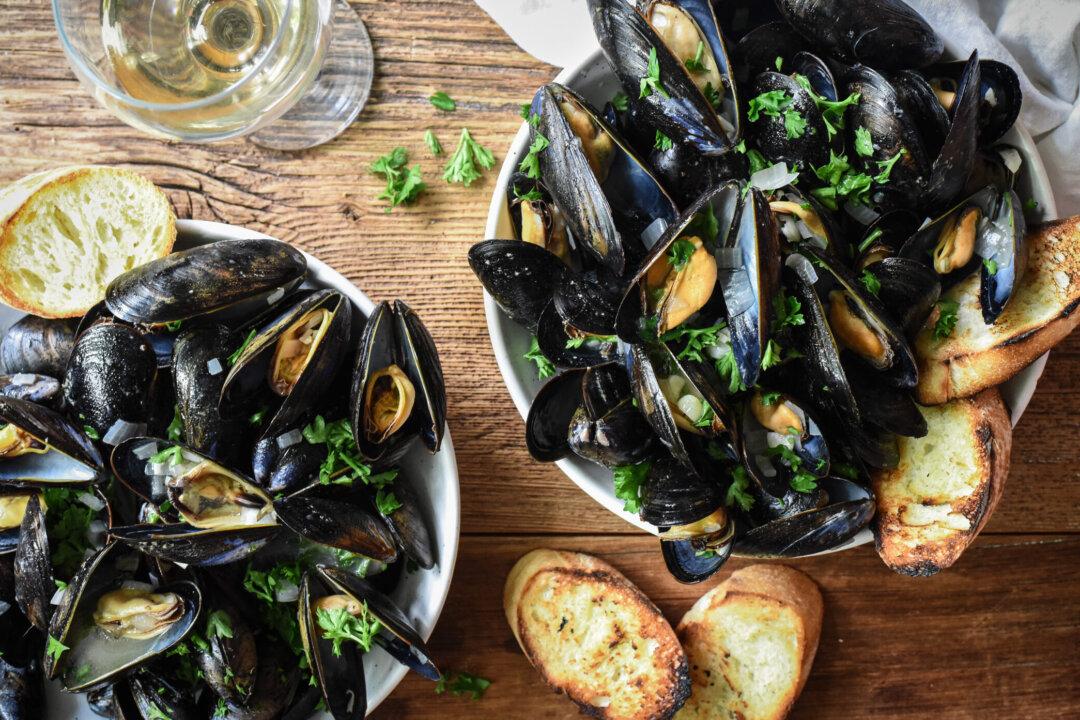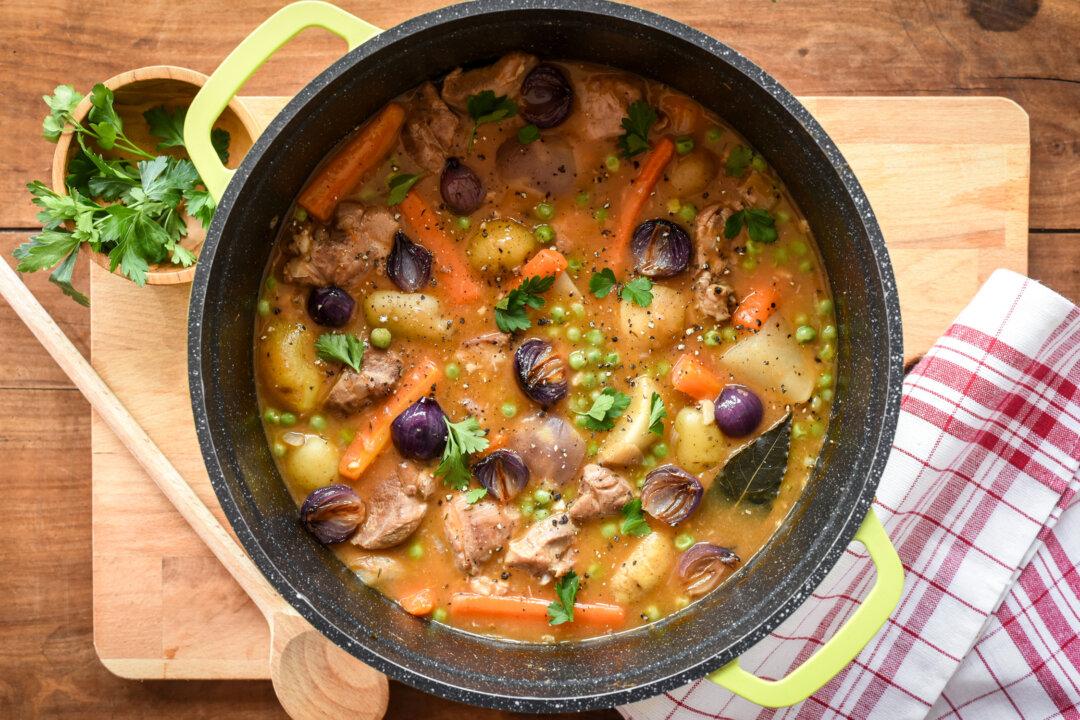The French have long had a love affair with mussels. According to local lore, they have a shipwrecked Irishman to thank for that.
In 1235, as the story goes, Patrick Walton was shipwrecked in Aiguillon Bay, off the Atlantic coast of Vendée, France. Starving, he stuck two wooden poles in the water and attached a net in between to trap fish and seabirds. The story doesn’t mention whether he ended up catching any fish, but Walton soon noticed hundreds of mussels latching onto the submerged wood. He shared his discovery with locals, and thus began the practice of mussel farming on wooden poles—moules de bouchot—along the French Atlantic coastline.





